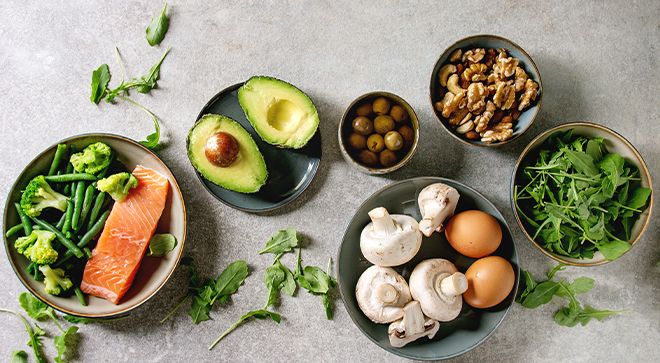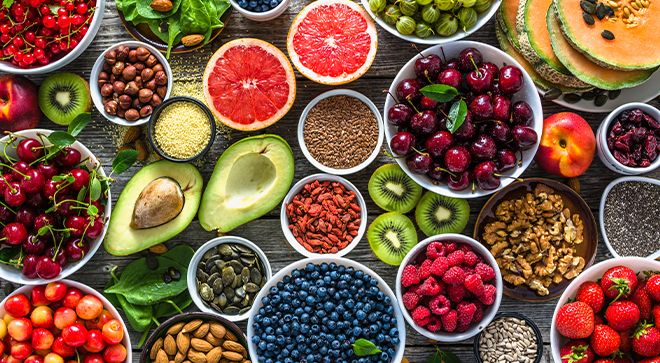Article
"In With the Good" for Cancer Food Trends
Author(s):
For people affected by cancer, the idea of starting fresh and with a clean slate is appealing. Here are a few of my favorite food trends.
For people affected by cancer, the idea of starting fresh and with a clean slate is appealing. But especially when undergoing treatment, eating healthy can become difficult, scary, extreme, obsessive and even physical dangerous and psychologically limiting. The idea of “clean eating” is consistent with this mindset.
Patients want to be healthy and avoid “bad” food. Of course, “bad” is a moving target and follows trends more than anything scientific. Too often, this contributes to not just confusion but people setting themselves up to fail. I've written about nutritionism before. On the other end of the spectrum, people want to include healthy “superfoods” which I've also written about here and here.
I recently attended the summer Fancy Foods show, which is an expo of thousands of natural, organic and healthy food and beverage products for industry professionals. I realized that I really enjoy some of the current food trends. So, while I refrain from saying "out with the bad," I encourage "in with the good!" Not that there's anything magical about them but that they fit into a healthy eating philosophy. Here are a few:
Matcha Everything
Matcha is a Japanese green tea made from the pulverized tea leaves. So instead of steeping a tea bag or whole leaves, you gently whisk the fine powder into water and voila. It's getting so trendy that it's increasingly becoming a staple in pretty much any coffee shop. And more and more brands and marketing the product exclusively or among their other products. And it's not just for drinks! It's being used as a “superfood” shot in juices, soups, smoothies, yogurt, pops, granola, muffins and even desserts. This antioxidant-rich green tea is so healthy that I wouldn't be surprised if it started showing up in beauty products!
My prediction? Blue spirulina is next.
Seaweed Is the New Kale
Everyone is talking about the not-very-sexy underwater plant for its nutrient profile and eco-friendliness. It is extremely rich in minerals with a delicious salty, briny, umami flavor that is even being used to replace added sodium in some processed foods. It gets it's dark green-brown color from chlorophyll and another carotenoid called fucoxanthin. It is essentially a marine macro-algae similar to spiraling and chlorella. Seaweed may even have some anti-cancer properties to help inhibit cell replication.
While there are many different types of seaweed, the most commonly used and widely available ones are kelp, nori and dulse. They're widely available usually in the Asian foods section of most groceries and supermarkets. I'm not obsessed with seaweed sheets for a salty snack and also the granulated kind called furikake that comes in a little shaker like salt that I add to my homemade popcorn. Delish.
Mainstream Diets Go Anti-Diet
Mainstream diets may not seem to have much relevance for most cancer patients, but when people are trying to eat better, they do sometimes rely on commercial plans or programs. I applaud those companies who are moving away from focusing on just the number on the scale to more of a health and wellness perspective.
I counsel my patients daily to weigh their accomplishments, not their bodies for the sake of feeling good and fostering the kind of inner-strength necessary for optimal self-care and mental wellbeing. I remind readers to focus on whole foods and quality purchases and less on calorie counts.
Follow Amanda on Social Media
Amanda Bontempo, MS RD CSO CDN
Twitter @amandabontempo
Instagram @amandabonbon





